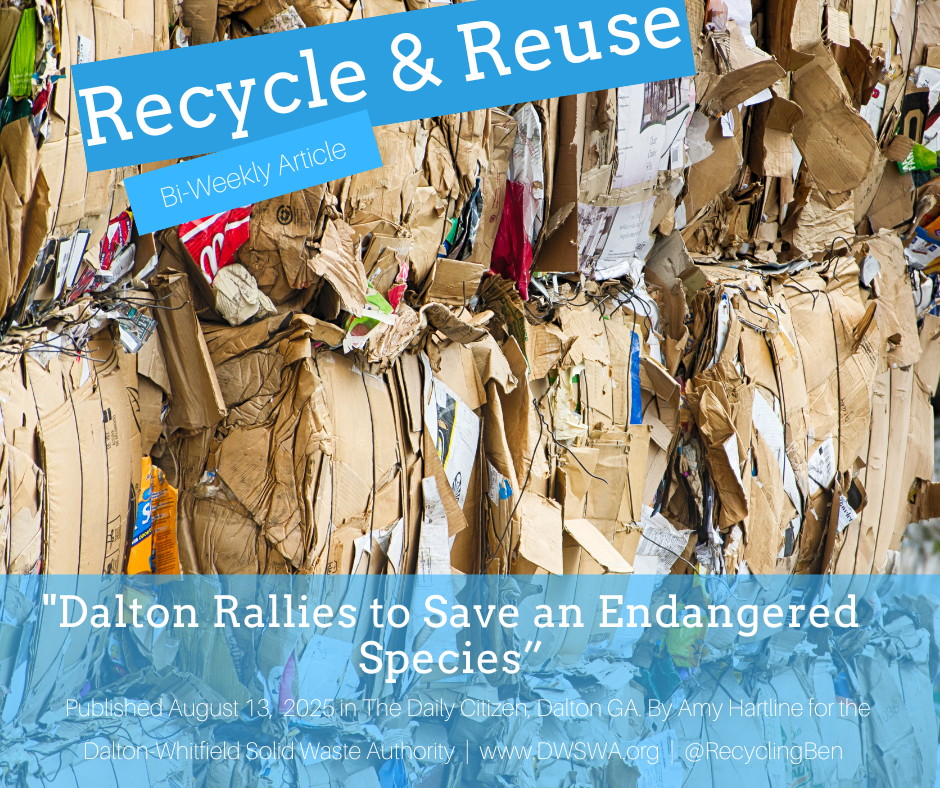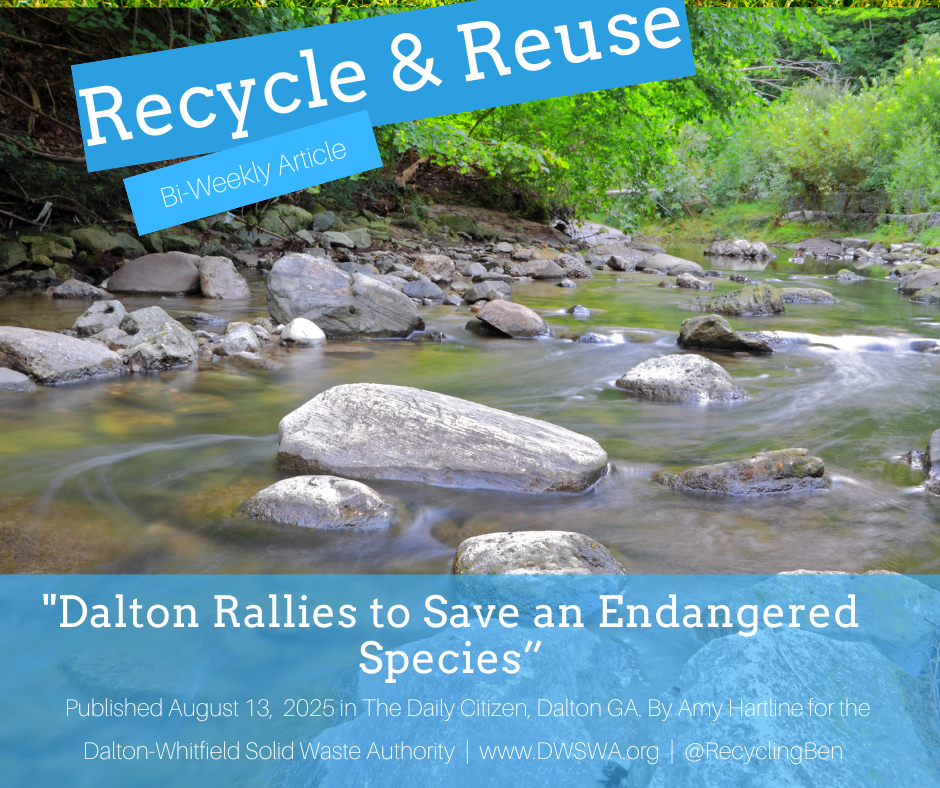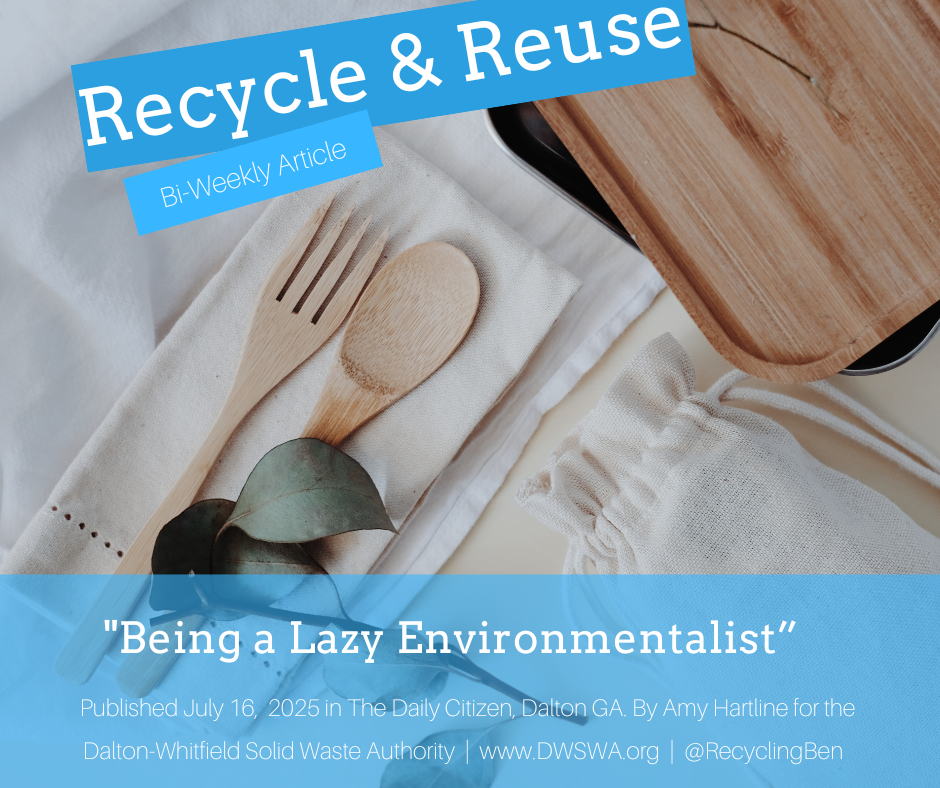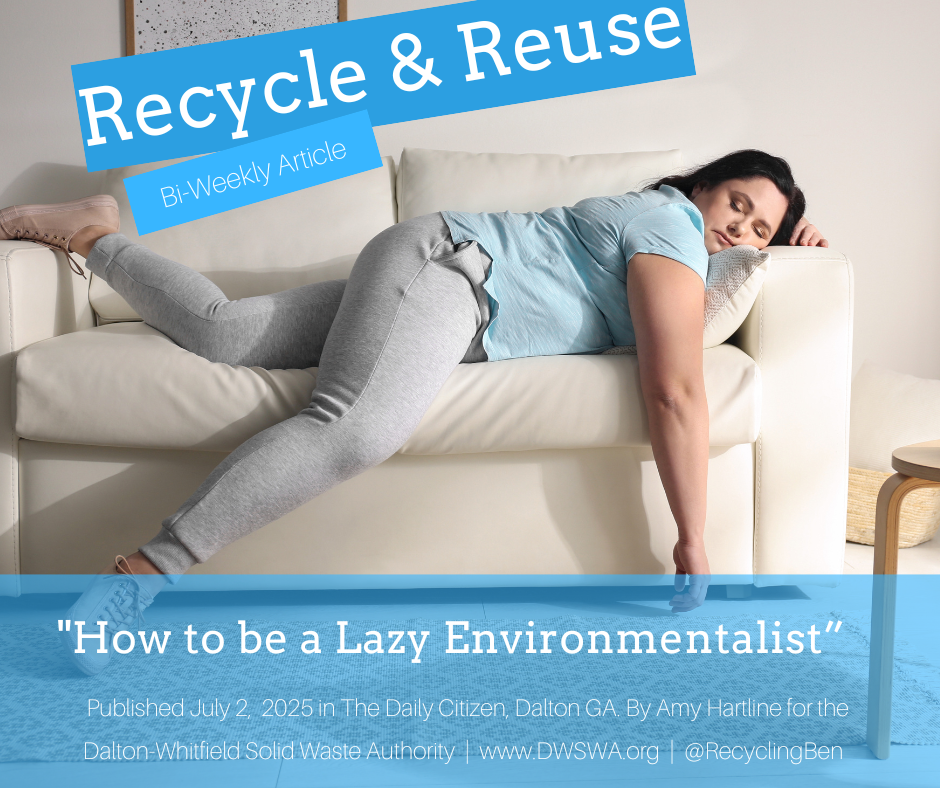DIY Upcycled Garden Tools
/Help your garden grow this year by using some of these items hiding in your recycling bin. Simple do-it-yourself changes will allow you to reuse before recycling.
Growing your own food this year? Maybe some sweet smelling herbs? Or some beautiful flowers in containers for your living room? Whether you’re planting plants indoors or outdoors you need a variety of gardening supplies. From watering cans to seed storage the cost of buying all of those accessories can add up.
Why not take a more earth friendly approach by reusing some of the items you already have at home stacked in your recycling bin? Here are some basic DIY instructions to reuse or upcycle items for the benefit of your garden.
• Watering Can from a Laundry Detergent Jug: You’ll need a plastic jug (which is a plastic container with a handle) and its lid, a hammer, and a nail. Use the hammer and nail to punch several holes through the top of the lid. The number of holes will vary depending on the size of the lid and the nail. Try to imitate the pattern of a showerhead.
Fill the jug with water and replace lid. You’re ready to pour water onto your plants, both indoors and outdoors. Optional, use waterproof markers or paint to decorate the jug. If you have small children, you may want to use a half-gallon milk jug instead of a large laundry detergent jug so they can pour easier.
• Seed Starter Pot from a Toilet Paper Core: Gather up your toilet paper roll tubes and paper towel roll tubes, soil, seeds, and a good pair of scissors. Depending on how many seeds you’re planting you should cut your toilet paper tube in half, and the longer paper towel roll tube into four round pieces. If you hold the tube straight up, be sure to cut horizontally to conserve the shape of the tube.
Using your scissors cut four one inch notches at one end of the paperboard tube. Try to space out the notches so you have one each at the north, south, west, and east side of the tube. Fold down the four flaps like you would when closing a box. The seed starter pot is now ready to use.
Fill with potting soil, plant the seed, and add water. Optional: add a small piece of masking tape to the bottom for more stability. Place the seed pots in a waterproof container and water the pots so that the paperboard is soaked thru. Cover the seed pots with a plastic bag to create a small greenhouse, trapping moisture until the seeds sprouts.
When the plants are ready to go outdoors you can plant them along with the paperboard tube. The tubes are biodegradable and will compost into the soil, but for best results, open the bottom flaps before planting.
• Plant Markers from a Milk Jug: To make a set of plant labels or markers for your plants you’ll need a plastic milk jug, any color, waterproof markers, and a sturdy pair of scissors. If you have a plant marker already you may want to use that as a template.
Wash the plastic jug and dry it thoroughly. Carefully cut open the jug and remove the bottom, the bottleneck, and the handle. Cut the remaining plastic into three or four pieces that will lay flat. Using a plant marker as a template trace the shape onto one of the plastic panels with a waterproof marker. Depending on the size of the marker you will be able to fit more than one on each panel.
Cut out each marker from the plastic panels and set aside. Recycle any leftover plastic pieces. Using a waterproof marker write the name of each plant on a marker, then place it in the corresponding place in the garden. To make the writing on the plant labels last longer cover that side with packing tape.
• Sprinkler from a 2-Liter Soda Bottle: Water your garden with this upcycled sprinkler made from a 2-liter plastic soda bottle. You’ll need a water hose or garden hose, a plastic bottle, electrical tape or duct tape, a hammer and nail, or a craft knife, or an electric drill with a small drill bit. Remove the label and bottle cap from the plastic bottle. Wash the bottle and dry the outside of the container.
Punch two or three rows of holes on one side of the bottle, going from the bottom to the top, keeping the rows about four inches apart. Fewer amounts of holes will result in a strong spray while many small holes will cause a small spray.
Attach the bottleneck to the end of your water hose and secure with electrical tape or duct tape. Place the new sprinkler in the garden or in your yard and turn on the water. After watering the garden, you can water the kids as they play in the yard.
































